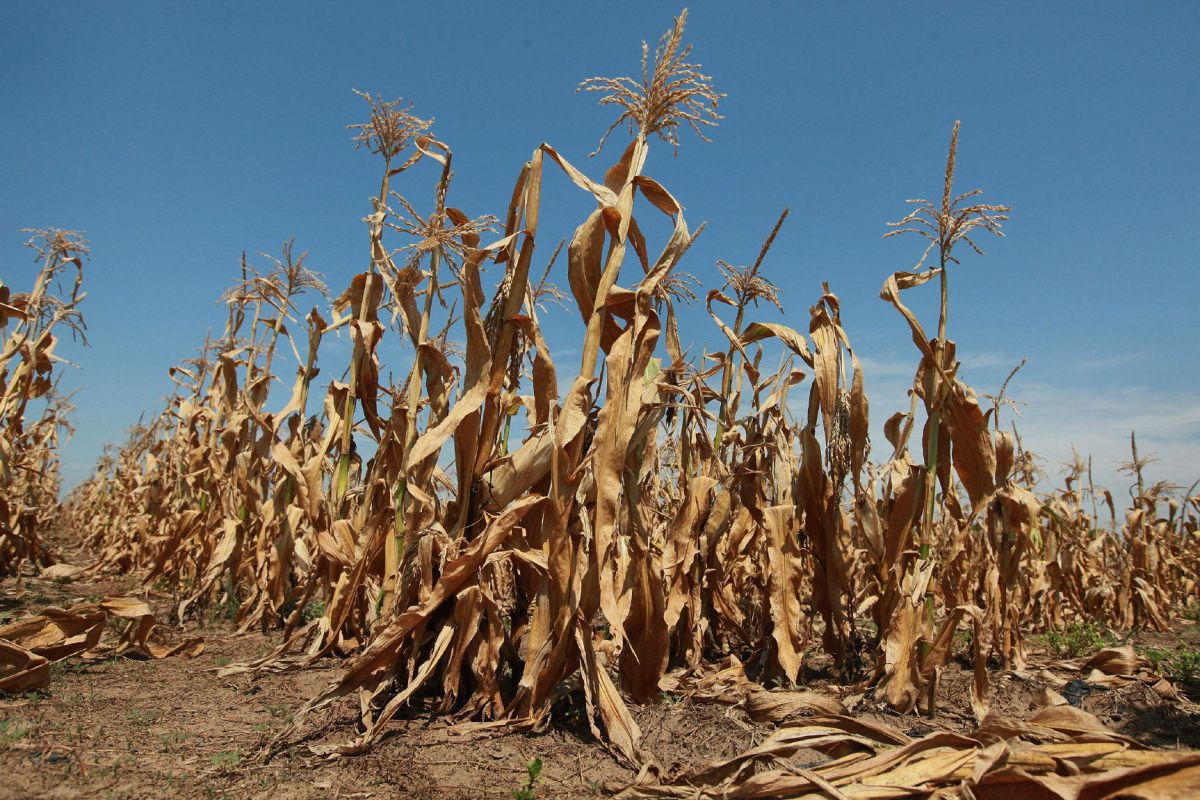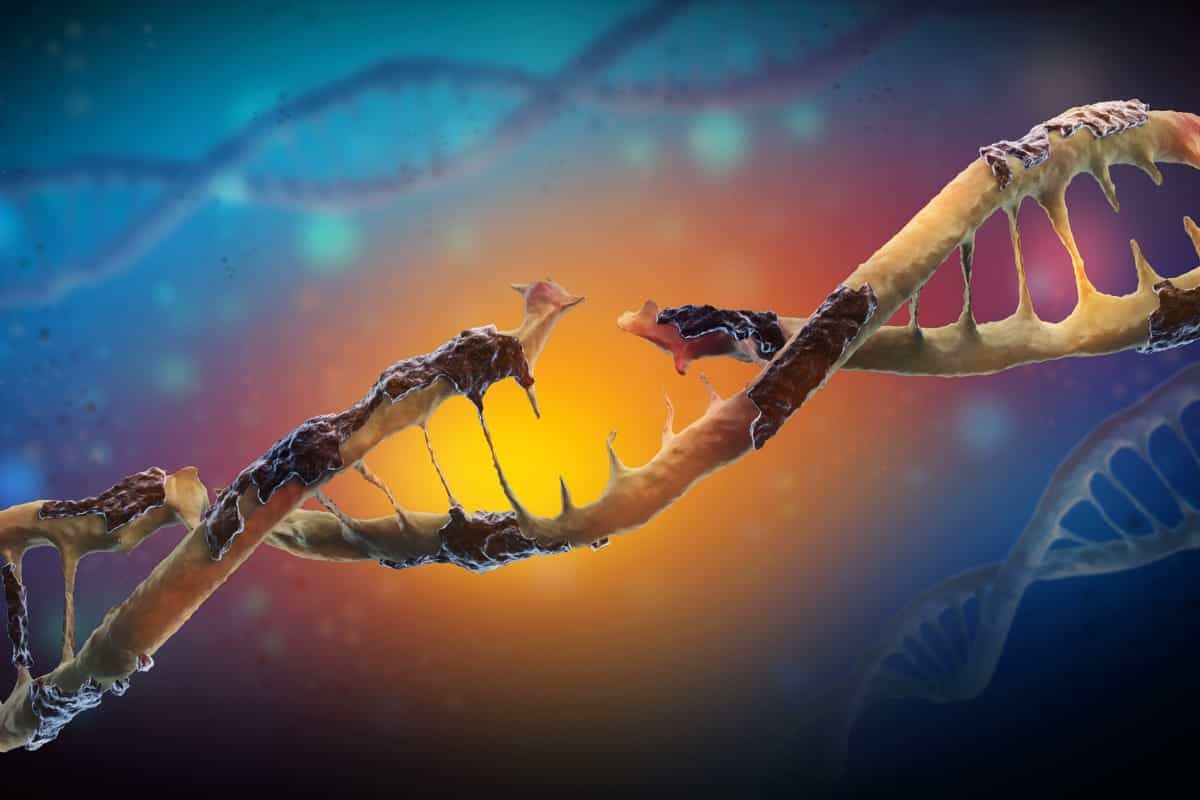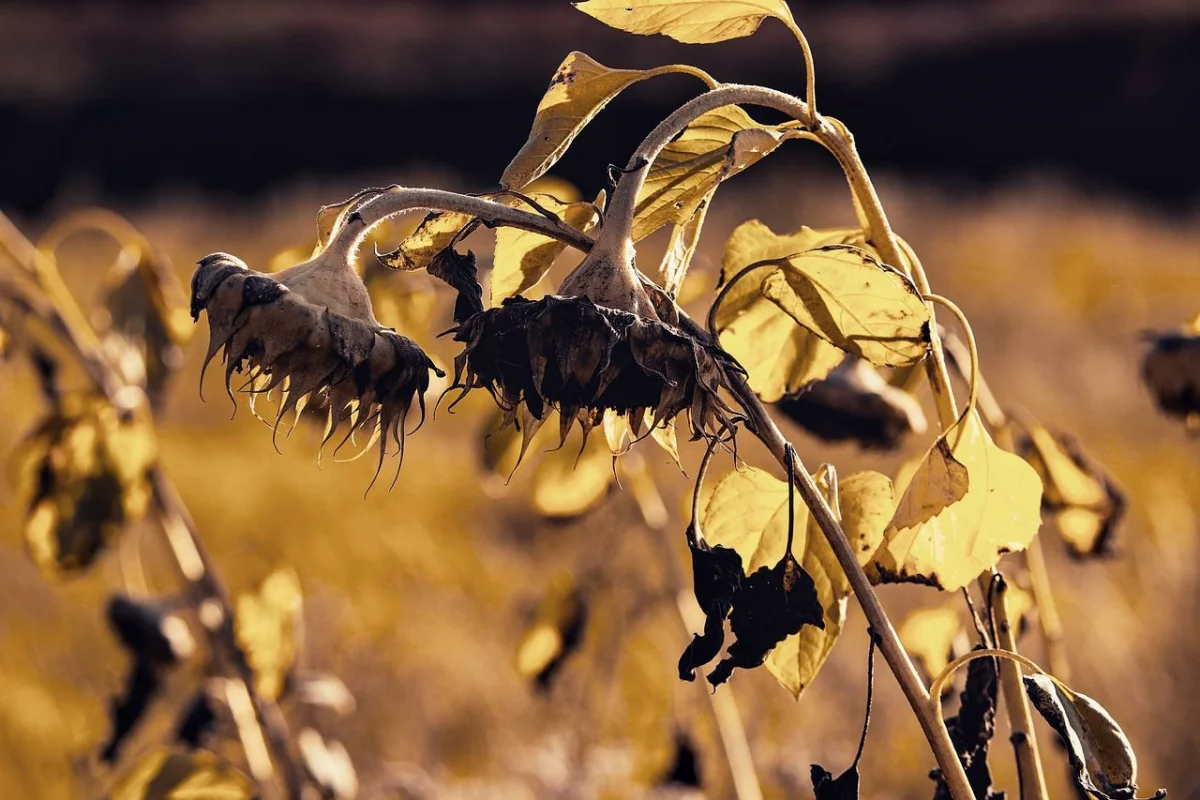When drought occurs, plants tend to stop growing, a behaviour that, until now, seemed to be a mechanism for saving energy and activating defence mechanisms. However, this is not the case. Now, a team of researchers has discovered that this behaviour in plants is due to a way of protecting their DNA from mutations.
The team from the Institute of Molecular and Cellular Biology of Plants (IBMCP), a joint centre of the Spanish National Research Council (CSIC) and the Polytechnic University of Valencia (UPV), with the participation of researchers from the Jaume I University of Castelló, has demonstrated that the halt in plant growth during periods of drought is not a response to the need to save energy.
The research, published in the journal Nature Communications and reported by Europa Press, suggests that the key could lie in the DNA protection mechanism of the plant’s stem cells, which attempt to prevent the transmission of mutations to offspring.
In depth

The study involved Miguel Ángel Blázquez and Antonio Serrano, David Alabadí, Cristina Urbez and Silvia Jurado, all scientific staff from the Plant Signalling Group at the IBMCP (CSIC-UPV), as well as Carlos de Ollas and Aurelio Gómez-Cadenas, researchers at the UJI, who collaborated on the drought tolerance tests.
In addition, the laboratory of Robert Sablowski, a researcher at the John Innes Centre (Norwich, United Kingdom), carried out the initial observations that led to the study.
According to the IBMCP, plants stop growing during periods of drought. Until now, this response was attributed to a need to ‘redirect’ the energy resources available to them towards the activation of a “defensive” response. However, ‘not all observations fit this explanation’.
The IBMCP’s Plant Signalling Group, led by CSIC research professor Miguel Ángel Blázquez, has proposed an alternative hypothesis. ‘We have generated plants in which we have decoupled the growth brake under stress. Even in these adverse conditions of water shortage, the plants continue to grow without their defence response being triggered,’ explained Blázquez. ‘This led us to believe that the arrest of growth is not due to a lack of energy resources, but to another cause.’
To bear in mind

One of the effects of stress on any living being is the generation of free radicals that cause damage to its DNA (deoxyribonucleic acid), the molecule that contains the genetic information of a living being, which determines its characteristics and is found in the nucleus of cells.
Given this scientific premise, the IBMCP group wanted to find out whether the halt in plant growth ‘could be a DNA protection mechanism, since it is during cell division that DNA is most exposed to damage.’
The experiments carried out by the CSIC scientists confirmed their hypothesis. Plants that continue to grow under stressful conditions accumulate more DNA damage and cell death than those that stop growing. The halt in plant growth is beneficial for preserving their integrity during times of water scarcity.
Furthermore, as explained by Antonio Serrano, a CSIC researcher at the IBCMP, “we believe that there is an additional benefit to this halt. All the organs of the plant, including the ovules and pollen, which are essential for its reproduction, come from the meristems. These are plant tissues that house stem cells that have the ability to divide continuously throughout the life of the plant to generate new tissues and organs.”
For this reason, according to Serrano, ‘it is very likely that the DNA protection mechanism of these meristem cells is activated under conditions of water stress and paralyses their constant subdivision and growth process, with the aim of preventing the transmission of mutations to offspring.’
More details
The conclusions of this research have a possible application in the field of agriculture. Since the lack or scarcity of energy in the plant is not the limiting factor in its growth, this means that ‘it is not impossible to develop new varieties that grow while defending themselves.’
However, in any biotechnological strategy that is developed, ‘some DNA protection mechanism would have to be introduced, or the seeds of these plants would have to be discarded for sowing the following season.’

